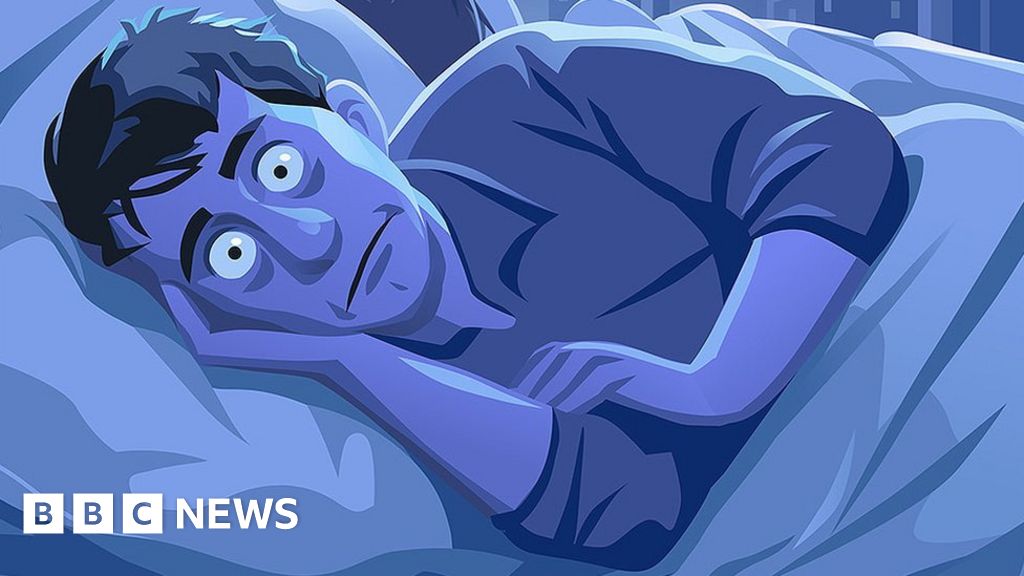Insomnia and Restless Leg Syndrome (RLS) are two distinct yet often interconnected conditions that can severely impact sleep quality and overall well-being. Understanding their relationship and implementing effective coping strategies is crucial for managing these sleep disorders effectively.
Understanding Insomnia and Restless Leg Syndrome
Insomnia is characterized by difficulty falling asleep, staying asleep, or experiencing non-restorative sleep despite having the opportunity to sleep. It can be transient or chronic and is often associated with various underlying factors such as stress, anxiety, medical conditions, or poor sleep habits.
Restless Leg Syndrome (RLS), on the other hand, is a neurological disorder characterized by an irresistible urge to move the legs, often accompanied by uncomfortable sensations such as tingling, itching, or crawling feelings. These sensations typically worsen at night, leading to difficulty in relaxing and falling asleep.
The Interplay Between Insomnia and Restless Leg Syndrome
Insomnia and RLS frequently coexist and exacerbate each other’s symptoms. Individuals with RLS may find it challenging to fall asleep or stay asleep due to the discomfort and urge to move their legs, leading to insomnia symptoms. Conversely, chronic insomnia can worsen RLS symptoms by increasing stress levels and exacerbating the sensory discomfort associated with the condition.
Coping Strategies for Insomnia and Restless Leg Syndrome
Managing insomnia and RLS involves a multifaceted approach that addresses both conditions simultaneously. Here are some effective coping strategies:
- Establish a Consistent Sleep Schedule:
- Maintain regular sleep and wake times, even on weekends, to regulate your body's internal clock and improve sleep quality.
- Create a Relaxing Bedtime Routine:
- Develop calming activities before bed, such as reading, taking a warm bath, or practicing relaxation techniques like deep breathing or meditation.
- Optimize Your Sleep Environment:
- Ensure your bedroom is conducive to sleep by keeping it cool, dark, and quiet. Consider using blackout curtains, earplugs, or white noise machines if necessary.
- Practice Stimulus Control:
- Reserve your bed for sleep and intimacy only. Avoid stimulating activities like watching TV or using electronic devices right before bedtime.
- Manage Stress and Anxiety:
- Engage in stress-reducing activities during the day, such as exercise, yoga, or journaling, to promote relaxation and improve sleep quality.
- Address Nutritional Factors:
- Avoid consuming caffeine and alcohol close to bedtime, as they can disrupt sleep patterns and exacerbate RLS symptoms.
- Use Compression or Massage Therapy:
- Gentle massage or wearing compression socks may alleviate RLS symptoms by improving circulation and reducing leg discomfort.
- Medication and Supplements:
- Consult with a healthcare provider about medications or supplements that may help alleviate RLS symptoms or improve sleep quality. These may include iron supplements (if iron deficiency is a factor), dopamine agonists, or medications that promote sleep.
- Practice Cognitive Behavioral Therapy (CBT):
- CBT techniques, such as relaxation training and cognitive restructuring, can be effective in treating insomnia by addressing negative thought patterns and promoting better sleep habits.
- Seek Professional Guidance:
- If insomnia and RLS significantly impact your daily life despite self-help strategies, consider seeking help from a sleep specialist or healthcare provider. They can provide personalized treatment recommendations and monitor your progress over time.
Conclusion
Navigating the challenges of insomnia and Restless Leg Syndrome requires patience, persistence, and a holistic approach to sleep hygiene and management. By incorporating these coping strategies into your daily routine and seeking appropriate medical guidance, you can improve sleep quality, reduce symptoms, and enhance overall well-being. Remember that individual responses to treatment may vary, so it's essential to find strategies that work best for your unique needs and circumstances. With dedication and proactive management, better sleep and improved quality of life are within reach for individuals living with insomnia and Restless Leg Syndrome.

